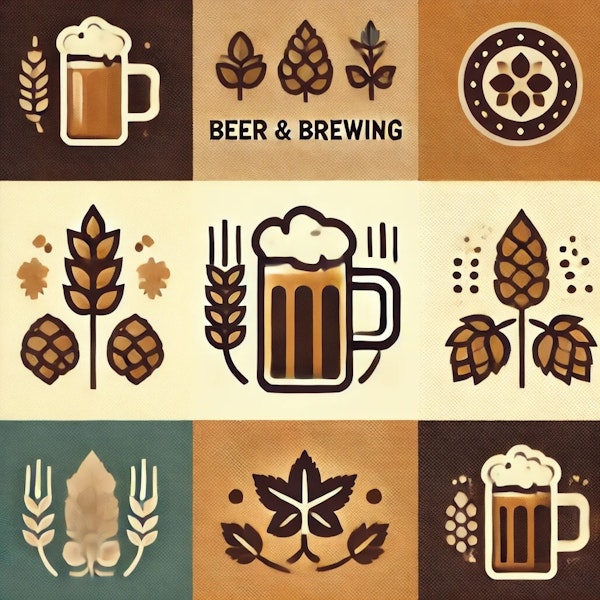
Jamie Bogner is the cofounder and editorial director of Craft Beer & Brewing Magazine®. Email him at [email protected].
For the director of brewing operations at California’s The Bruery, sensory evaluation is what drives decisions, and beers earn their shot at becoming bigger releases by working their way up the tiers.
The co-owner and brewmaster of the Southern California brewery shares strong opinions on developing beers where nothing is added and everything—from hops to coffee and spices—is considered a recipe ingredient.
Firestone Walker’s Propagator brewhouse manager discusses the R&D process for popular beer families such as Luponic Distortion and Mind Haze, as they follow the path of subtle but continual evolution.
Are you getting the most you can out of the hops you use? Could you get even more? Brandon Capps thinks so. He’s been exploring the limits and potential of brewing with extracted terpenes.
For the cofounder of San Diego’s Societe Brewing, beer should be flavorful, easy to find, inexpensive, and beautifully crafted. His six-pack neatly mirrors Societe’s focus, with Belgian inspiration and a nod to the dark, hoppy beers of Southern California.
It’s hard work to keep things simple, and this New York brewery proves that maxim with complex fermentations for their core beers and an ongoing focus on ales served on cask.
Sierra Nevada’s founder discusses the process of creative and technical innovation that drives the brewery today, as well as their fanatical, industry-leading approach to beer quality.
For the head brewer of Urban South in New Orleans, focusing on tight process, healthy lactic fermentation, and quality fruit is the difference between dull and delicious quick-soured beers.
For Oregon’s Heater Allen, slow growth and focused experimentation allowed them to dial in quality long before craft lager caught on. They learned to brew the beers they want with the equipment they have—but there’s one thing they won’t sacrifice.
The maker of some of California’s most coveted wines discusses what drove him back to beer, and to a particular focus on lager as a way to explore the vibrant flavors of barley varieties.